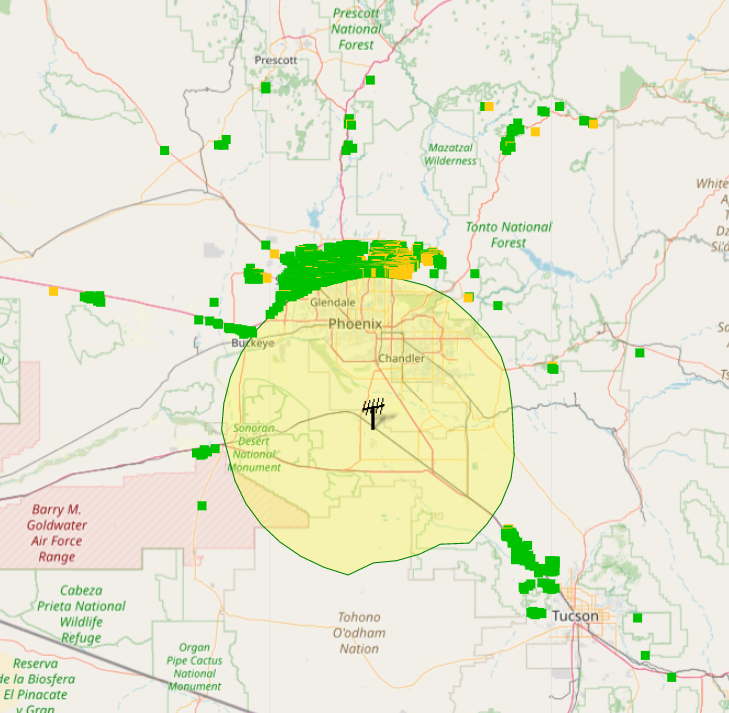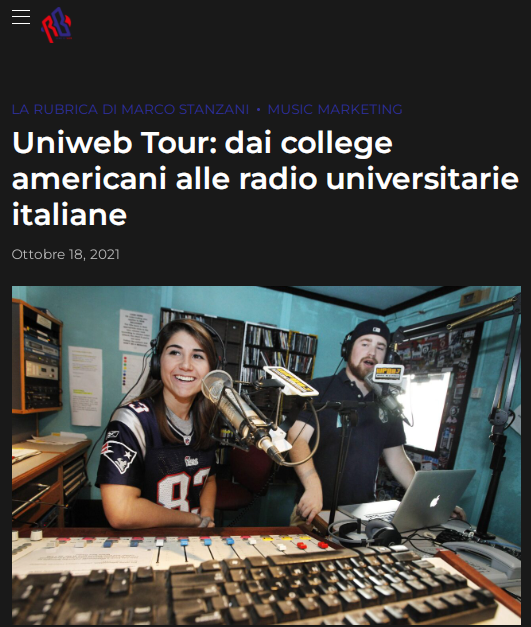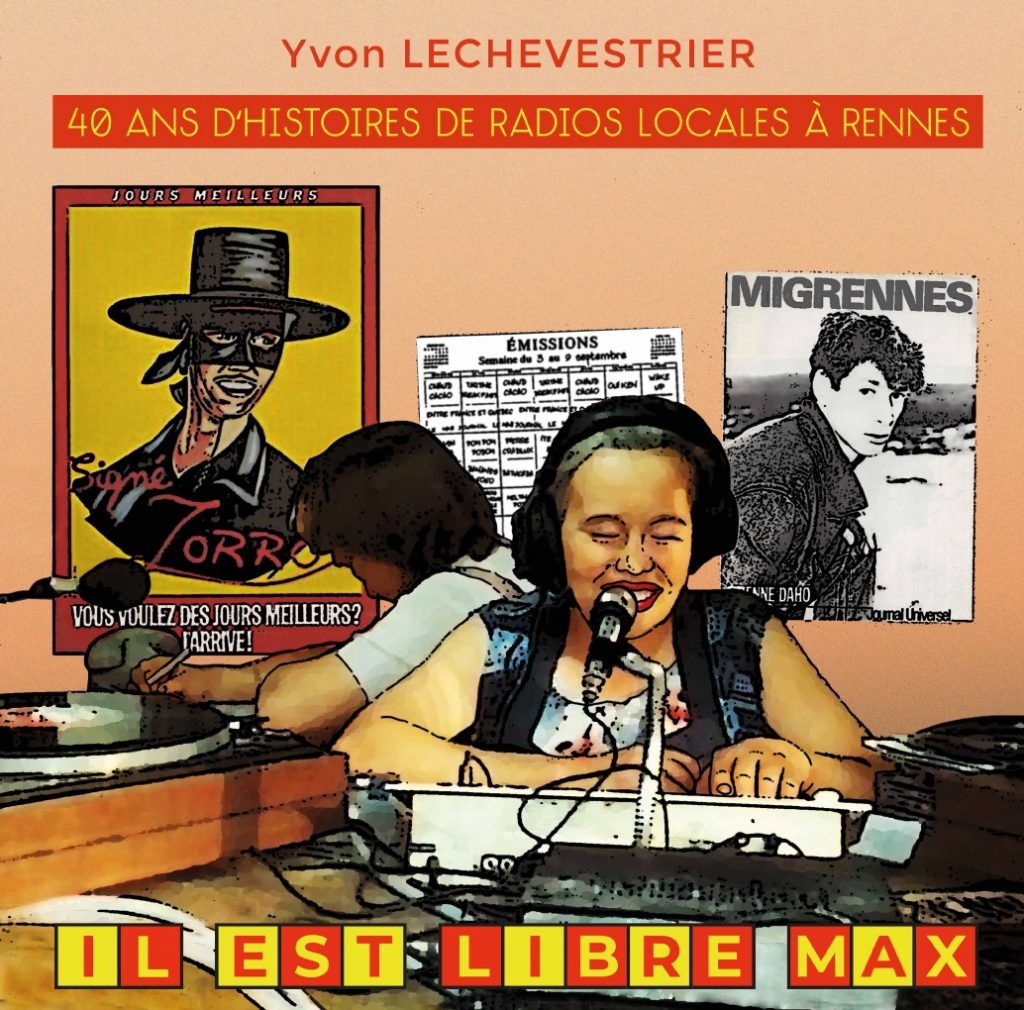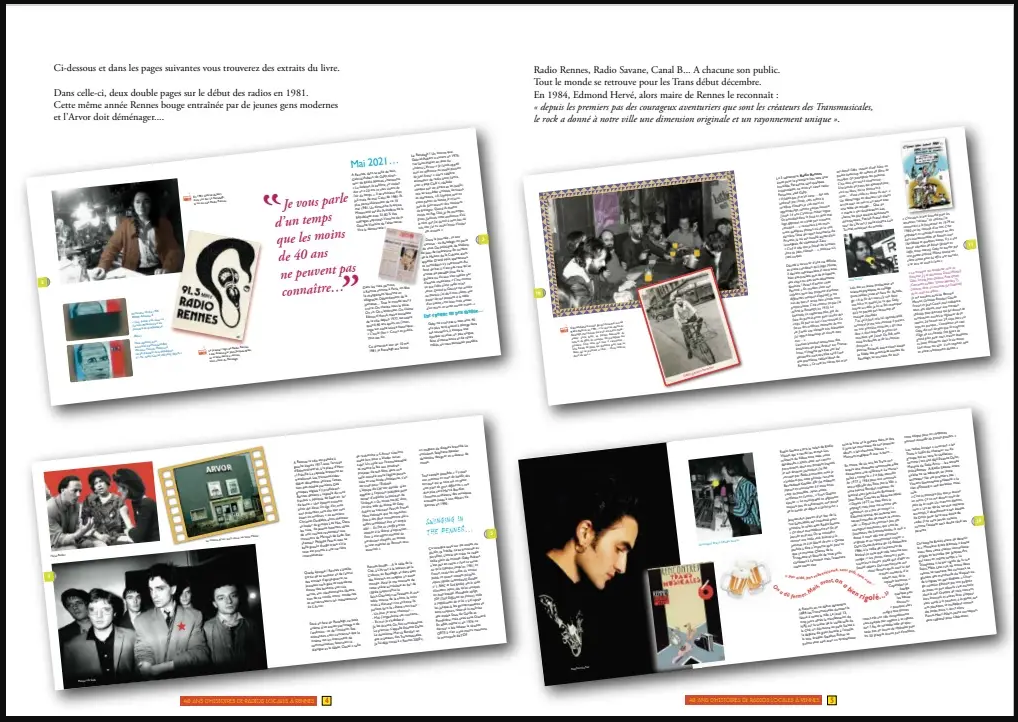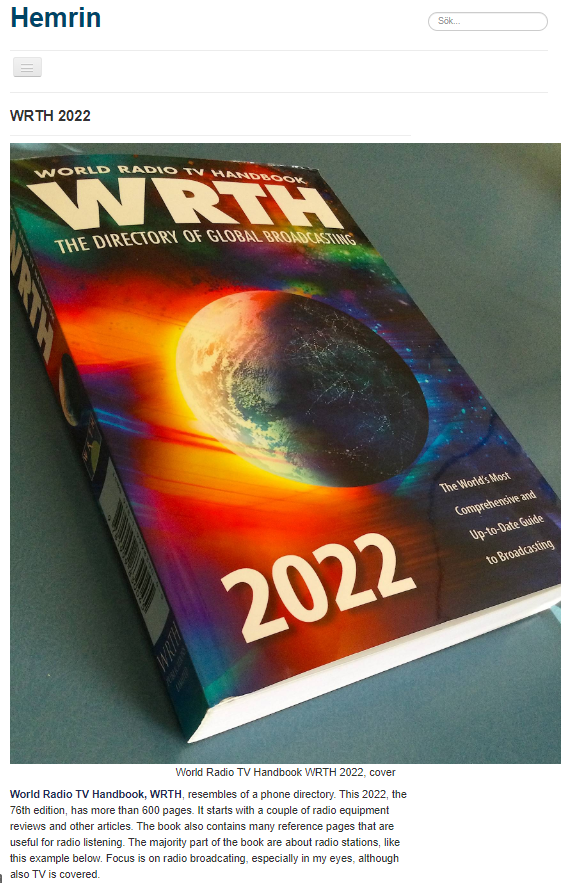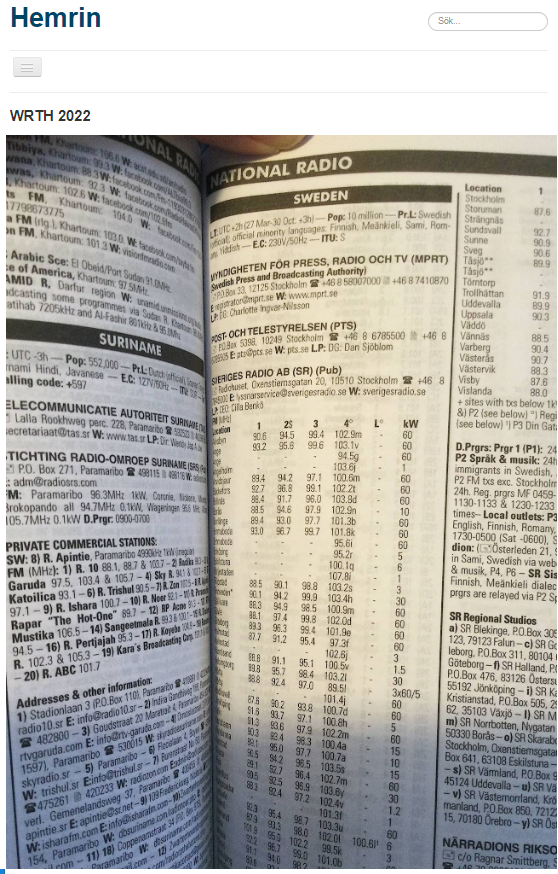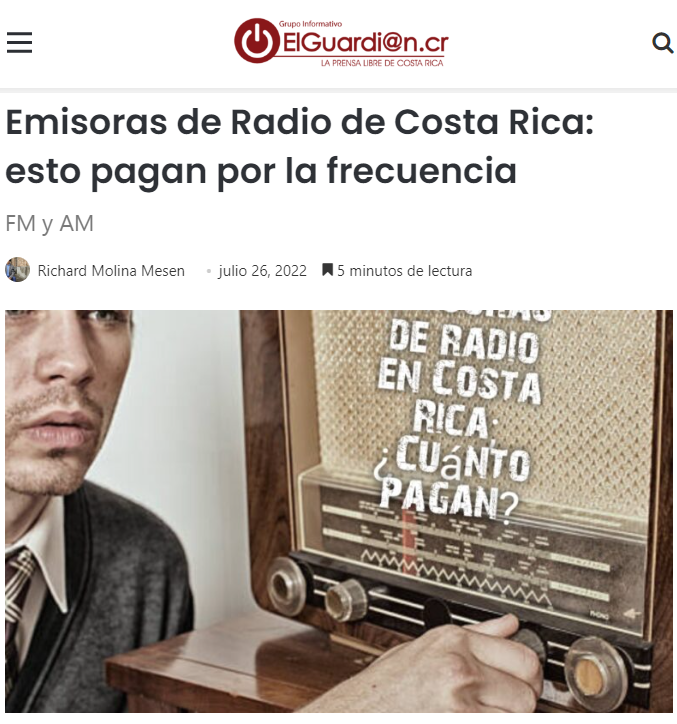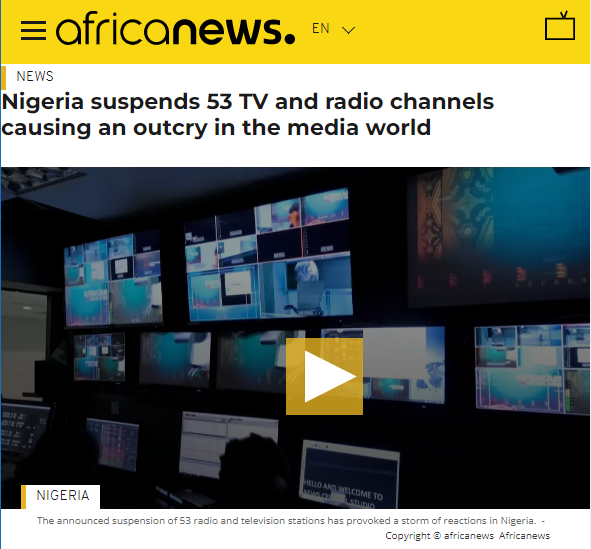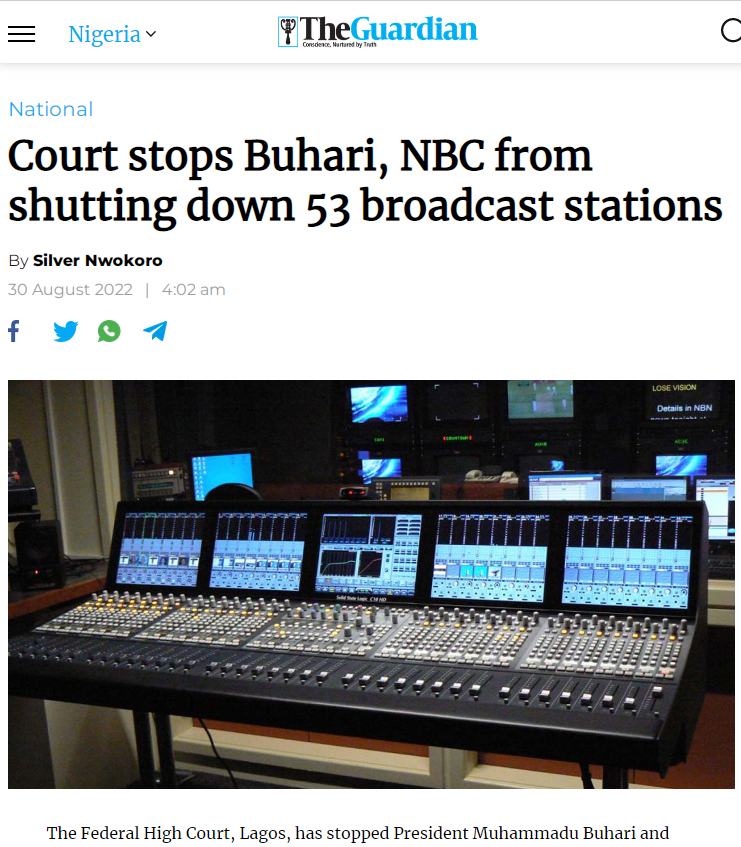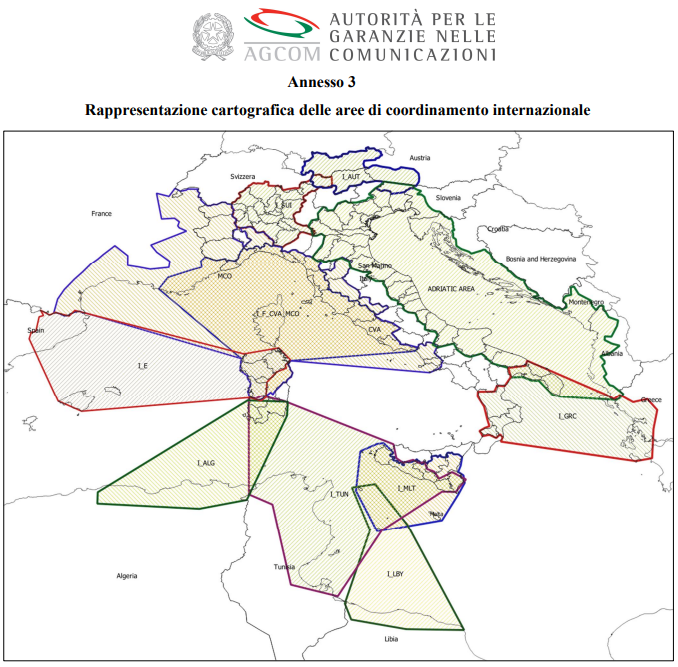
Source
After years of waiting, the long-awaited planning of the DAB band by Agcom has arrived. The regulator waited for the channels in band III to become free with the switchover to DVB T2 and released the plan at the end of July 2022. There was no shortage of controversy, fuelled by rumours of the switch-off of hundreds of FM frequencies on the Adriatic coast due to interference caused to broadcasters in Slovenia, Croatia, Montenegro, Albania and Greece. A problem due to technical reasons (installations in the mountains point towards centres on the coast), to the high powers used (Italy’s historical problem) but above all to tropospheric propagation. This is a meteorological phenomenon that occurs mainly in summer, when the lower layers of the atmosphere, compressed by high pressure, become denser and reflect radio waves.
Did they just try it?

Source
The specialised periodical Newslinet reported in July 2022 that there was a plan to shut down hundreds of channels on the Adriatic coast because they were disturbing foreign radio stations. It is a problem that has been known about for decades and is due to the fact that since 1990, after the freezing of the airwaves brought about by the “Legge Mammì“, no planning has ever been done for the FM band in Italy. And the interference situations, not well managed by Italy also due to the absence (lamented by the associations) of the Italian delegation at the European planning table, now leave very narrow margins for manoeuvre. Hence the attempt to induce broadcasters to exchange DAB-FM or to scrap it in order to fall within the parameters of the Geneva regulations.
Associations on different levels
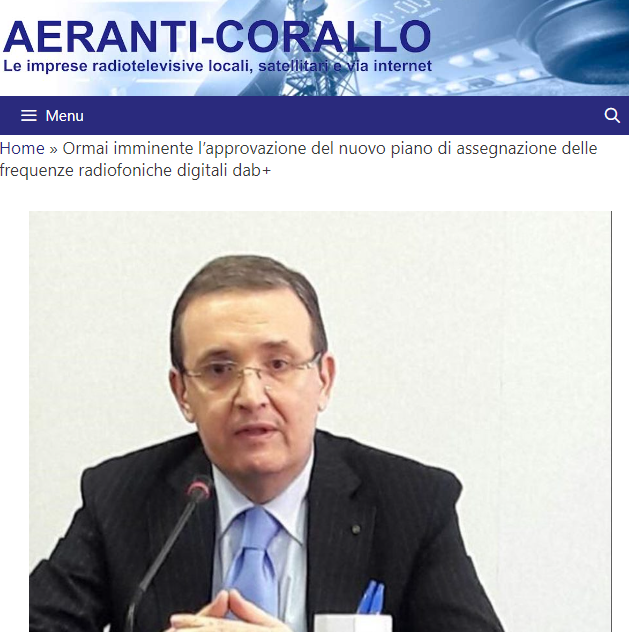
Source
The position of the associations varied. Among them, Aeranti Corallo, which has always pushed to accelerate planning, continues to be critical, reiterating that the frequencies are not sufficient to allow the transition from FM to digital. On the other hand, Confindustria Radio Televisioni applauds the planning: will it be because the networks it represents already have one or more channels in the DAB band? But what does the plan say? It confirms the three existing national networks (Rai, DAB Italia and EuroDab, for a total of about 50 channels) and envisages 54 local ones with regional coverage, of which 27 can be broken down into sub-basins, and another 36 in the local area to cover one or more provinces. Beyond the technical data, in some provinces there could be space for six multiplex (for a total of about 120 channels), but not in the southern Adriatic regions, due to interference problems.


